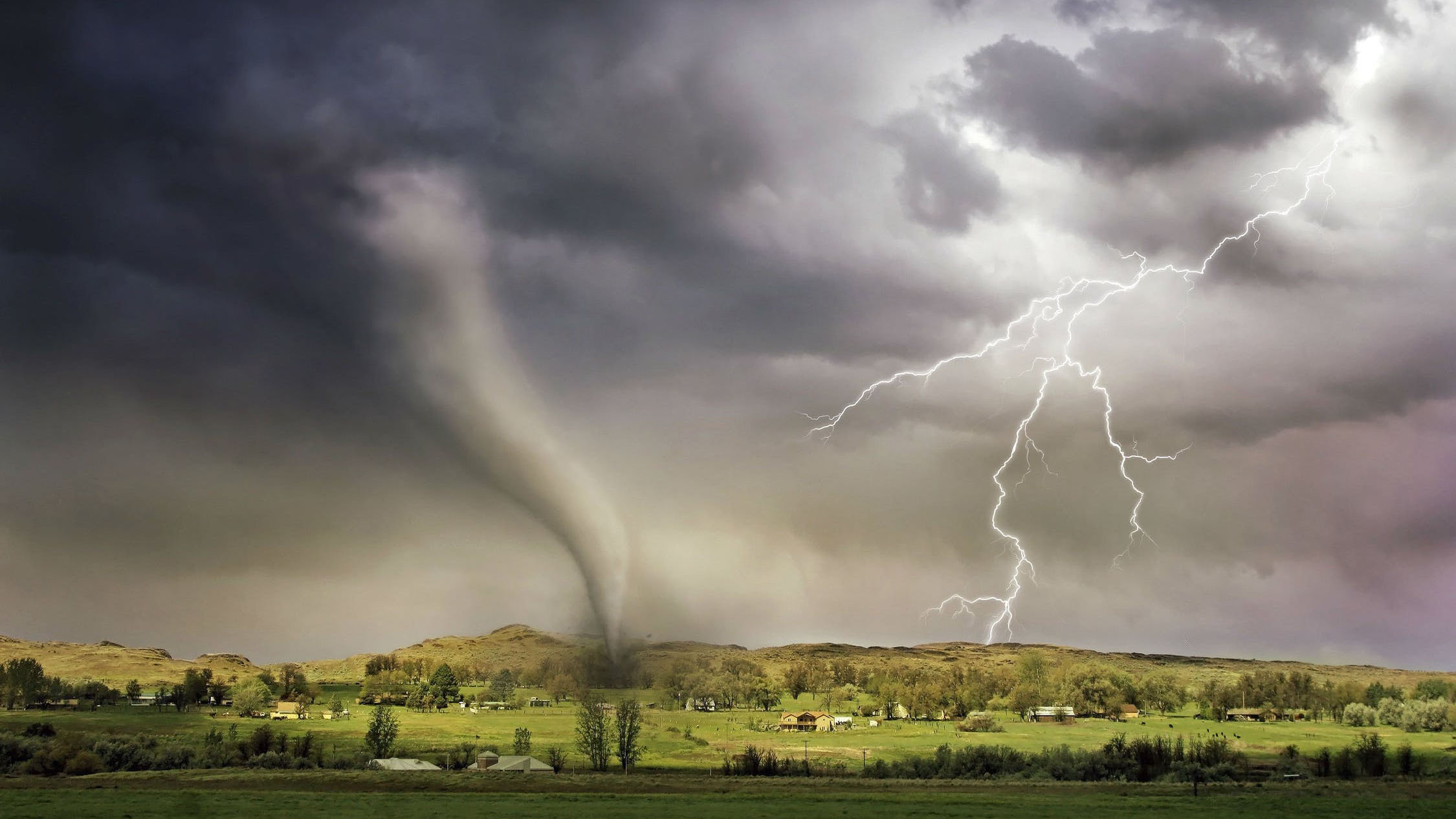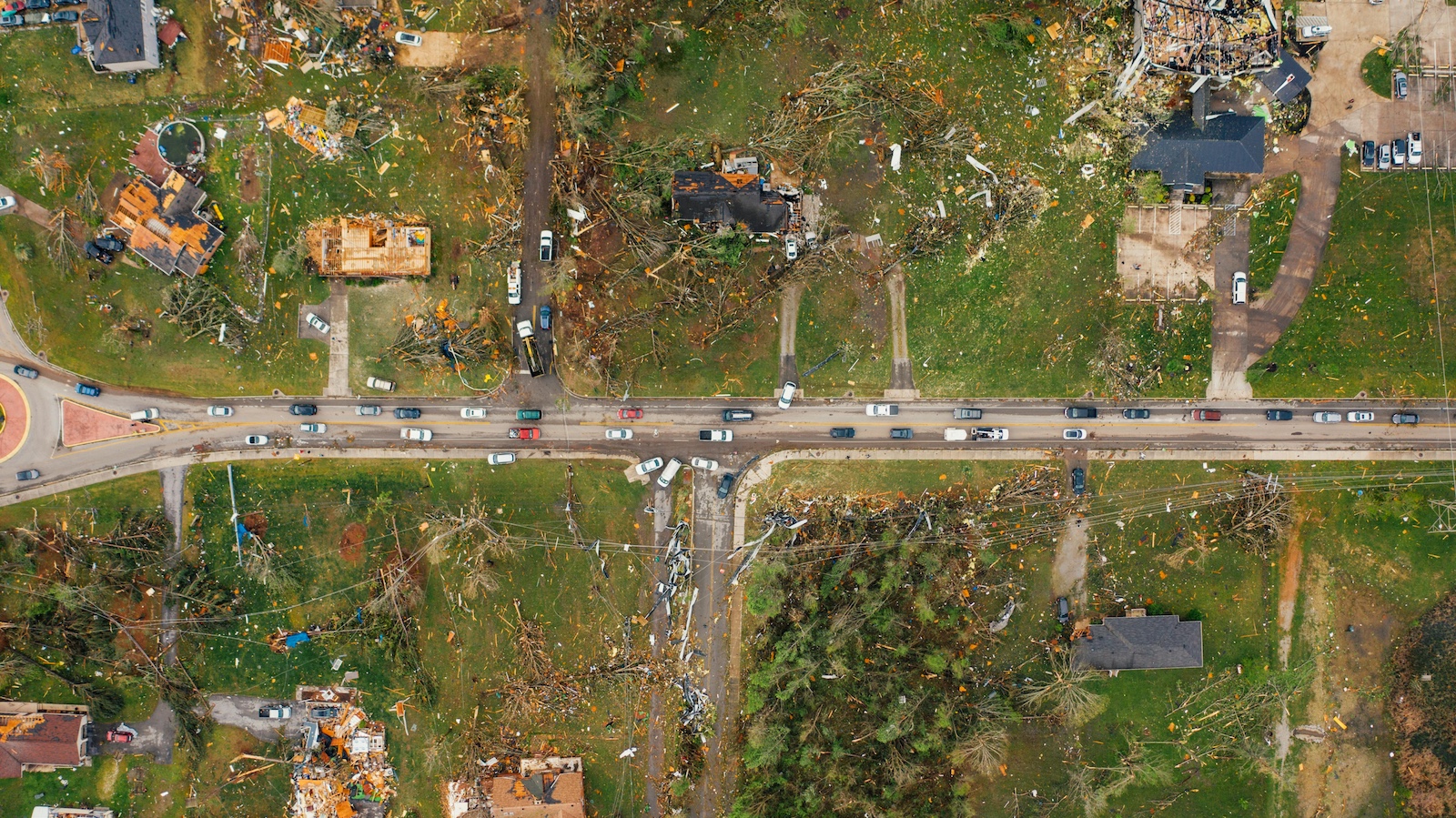While the existence of climate change may still be a point of contention in the U.S. public, there appears to be a consensus among property and casualty (P&C) insurers that, not only does it exist, but it is a problem that needs to be addressed.
The lack of predictability of extreme local weather events and the increasing frequency and severity of natural catastrophes is supported by any number of internal findings and external reports by agencies like NICB, which have highlighted the 2% increase in hail claims from 2018 through 2020. While that may not seem significant at first glance, consider that damage from wind and hail alone account for roughly 43% of all property claims and that the NOAA’s National Centers for Environmental Information highlights a 95% decade-on-decade increase in U.S billion-dollar disasters.
Extreme weather events are predicted to account for the largest amount of compensation insurers’ will have to pay out over the next 10 years.
Such trends will require modeling that assists insurance providers to better assess climate risk at the property level, as well as mechanisms that help organize collaborative action among insurance carriers, state regulators, communities and homeowners to reduce climate risk. As it always has, a company that anticipates business disruptions such as climate change is better prepared to mitigate any negative impact on their business.
First Steps
Insurers have already taken steps in the right direction, starting with limited solutions such as overlaying topographical maps with the results from existing models to underwrite properties. Yet, this simple approach does not leverage the data that insurance carriers can quickly access. They have massive databases from simulation models and satellites when it comes to weather and climate. The problem is figuring out how to use them to their full potential. As a result, scientists have turned to computer vision to identify hail-bearing storms.
So far, damage prediction has been done manually. Insurance carriers would undoubtedly profit from the forward-thinking strategy of exploiting property attributes, both in terms of location-level risk management and prudential capital needs.
Quick Weather Data Feeds Drive Risk Control Decisions
Insurers need to understand the gaps in the understanding of physical processes and the inadequacy of weather information required for high-resolution modeling of extreme weather events. This would allow models to better factor in the year-on-year effect of global warming on the local and global weather as well as predict extreme weather risk. Insurers could then assess climate exposure to their book roll, which would lead to identifying structural inadequacies on a single policy. They could then enforce risk control measures like requesting changes, and, in case of non-compliance by the policyholder, increase the premium or reject policy renewal.
Forecasting the data well in advance along with analyzing the existing property condition can be a good indicator of potential claims. Adjusting policies to account for risk-control measures that can be accounted for before the extreme weather conditions intensify will only benefit both the insurer and the policyholder.
See also: Extreme Weather, COVID, Home Claims
An integrated approach
For this all to work, underwriters and data scientists will need to integrate weather data with property insights derived from internal and external sources. For example, weather variables such as low-level moisture, convective instability and vertical wind shear all have been linked to hail formation. What does the historical data indicate? Now factor in data on building construction to predicting the risk of hail damage.
Similarly, when predicting flood risk to a property, most carriers rely on the flood insurance risk map that divides the U.S. into low/moderate/high flood zones. However, the premiums should be based on the actual flood risk to a property structure rather than the zone it is located in. Although some carriers do take into account the design of the structure, age of the structure and elevation or if the foundation is subgrade or not, the premiums in most cases do not reflect actual risk. Case in point: The majority of properties in Houston flooded by Hurricane Harvey in 2017 were in “low-risk” flood zones.
Therefore, a view of the current property condition plus plugging in real-time weather forecasts can be leveraged for a more active approach to claims management. For example, the path followed by natural catastrophic events and their intensity can be clubbed with property attributes for the scheduling of SIUs and fraud detection. In this way, properties that might have poor roofs and have been in the eyewall of the storm can be prioritized and triaged accordingly.
Conclusion
Tracking the effects of climate change on extreme weather events such as hailstorms, floods and hurricanes requires a thorough understanding of climate risk change and high-resolution modeling of the property. The adoption of these new technologies will influence how insurers engage with consumers and how their brands are viewed.
By investing in these technologies, insurers can greatly benefit by reduced loss ratios due to decreased premium leakages, identification of high-risk properties (severely affected roofs) and effective claims triaging. Furthermore, with environmental, social and governance criteria becoming an increasing priority for the insurance industry, it becomes ever more important for insurers to take steps to identify climate exposure as a core part of their business strategy.
Using image-based detection along with real-time weather data will aid in determining the veracity and extent of property damage, as well as provide more precise estimations of claim count and amount across regions of interest.










